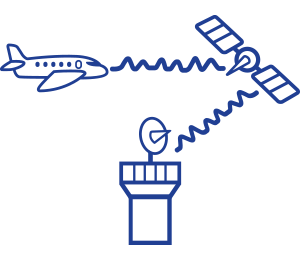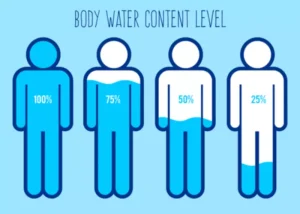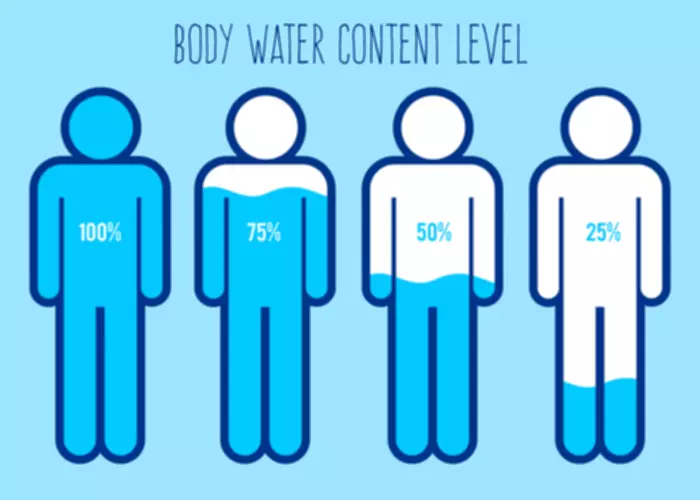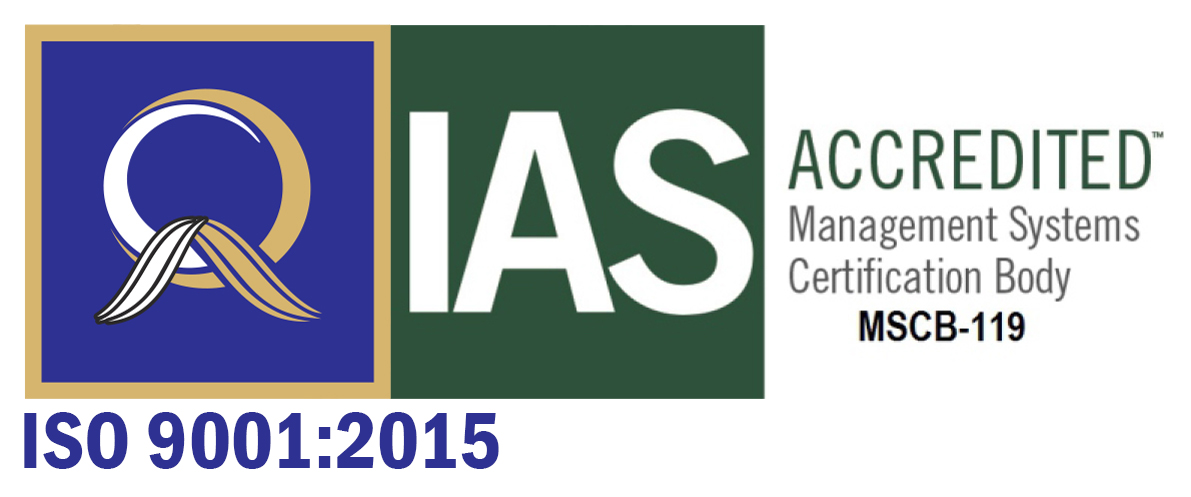In fact, in many substance abuse treatment centers, part of the program is identifying those in your support system. DBT helps you accept strong emotions, navigate their effects, and learn tools for interpersonal communication. This therapy targets the emotions of dry drunk syndrome and the strong feelings that may have led to substance use in the first place. DBT usually takes place in a group setting with a classroom-like structure. You’ll learn new skills, accept your emotions, and explore ways to better yourself.
- It is the continued work after treatment that makes all the difference.
- Getting sober involves a lot more than putting down the alcohol and drugs and stepping away.
- There is a strong connection between dry drunk syndrome and co-occurring disorders.
- Treatment for dry drunk syndrome is very similar to the treatments for an alcohol use disorder.
- Some people may have dry drunk syndrome early in their recovery, but they learn to manage it with effective treatment.
- Likewise, the terms dry drunk or dry alcoholic have been deemed offensive by some.
Not Being Able to Alter Behavioral Responses
Seeking help at a rehabilitation center to get back on track in your journey to recovery is crucial to avoiding relapse and preventing further challenges to your sobriety. Lastly, addressing dry drunk syndrome requires a combination of physical, emotional, and behavioral therapies to address the causes of addiction and cultivate healthy habits and coping mechanisms. Comprehensive addiction recovery programs may include individual therapy, therapy, medication-assisted treatment, and 12-step programs. Dry Drunk Syndrome, or “dry drunk,” is a term used to describe someone who is abstaining from alcohol but still exhibits some of the same behaviors and attitudes of an active alcoholic. Dry drunk syndrome can be a warning sign that you are in danger of relapse.
Signs And Symptoms Of A Dry Alcoholic
The dry drunk syndrome can have a negative impact on the process of giving up drinking both physically and mentally. Engaging in individual therapy sessions with trained professionals can help address the deep-seated emotional and psychological triggers that often accompany dry drunk syndrome. Identifying and understanding the various triggers for dry drunk syndrome is essential for maintaining sobriety and fostering a healthier recovery.
What is a Dry Drunk or Dry Drunk Syndrome?
Building a support network of people who understand your journey can provide the encouragement and accountability necessary to maintain sobriety. Whether it’s through group therapy sessions, support groups like Alcoholics Anonymous (AA), or even online communities, connecting with others facing similar challenges can be incredibly empowering. Engaging in therapy can also help in developing healthier coping mechanisms. This is crucial because the inability to cope with life’s stressors without resorting to alcohol is a common trait among those struggling with sobriety.
Dry Drunk Behavior, Symptoms and Recovery
Substance abuse treatment exists because there are a number of dry drunk syndrome steps that have been found to be effective in treating addiction and maintaining sobriety. Solberg stated that the syndrome was someone who had the behaviors, attitude, and actions of an alcoholic prior to sobriety. Later, psychiatrists and addiction specialists added their own twists to the definition, but generally agreed it’s part of recovery as a whole.
- For many patients in recovery, drinking was a way of coping with the stresses in their lives.
- As with most mental health challenges, chronic stress or unexpected life events can worsen dry drunk symptoms.
- Always consult a medical professional first to get the right treatment advice.
- For some, alcohol abuse and drug abuse was self-medication for emotional or mental health issues they were struggling to deal with.
Physical Signs Of Alcohol Post Acute Withdrawal
Dry drunk syndrome refers to the emotional and behavioral struggles that can persist even after a person has stopped drinking alcohol. Someone struggling with dry drunk syndrome may still maintain strained relationships with their loved ones. They may still suffer from unhealthy habits, both internally and externally. In short, while they may have quit drinking, the individual has yet to deal with the emotional baggage that led them to alcohol in the first place. Dry drunk syndrome is more common among individuals who quit their addiction on their own, as they do not have a professional support team to guide them through this difficult change in their life.
The person may think that once they stop using or drinking, their life will miraculously be better. The road to sustained recovery is often bumpy, and one issue that may arise is known dry drunk syndrome. Post-acute withdrawal syndrome thus persists as a chronic and often subclinical disorder. It is also possible that PAWS never stops due to long term brain changes resulting from substance Sober living house abuse, to which patients adapt more or less successfully. Learn to recognize the signs of the dry drunk or PAWS syndrome is essential because some don’t take them seriously.










